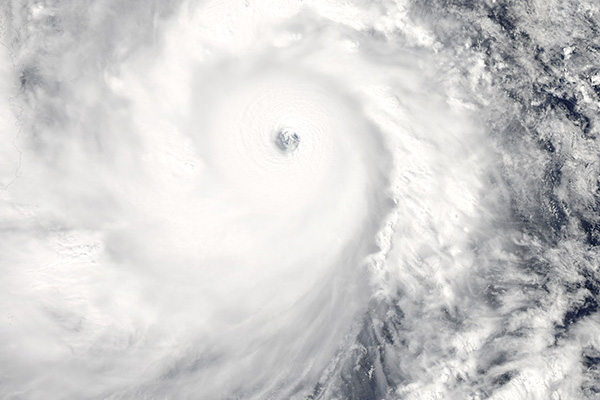
While Typhoon Haiyan’s destruction is over 8,000 miles away, its impact is being felt by students with roots in the Philippines.
The storm, which tore through the Philippines this past weekend with up to 195 mph winds, devastated a large portion of the island nation — it leveled cities, caused billions of dollars in damage and killed thousands.
NYU Abu Dhabi senior Benjamin Jance IV, who is from the Philippines, said that his hometown near Manila was not hit as badly as other parts of the island.
His grandparents, however, live on the island Negros Occidental, one of the places with the most destruction.
“Having lived [in the Philippines] for various times in my life, visualizing the damage is disheartening,” Jance said. “The second-floor roof of my grandparents’ residence was ripped off, but they are thankfully alive and well.”
Jance said the islands have a high tolerance for typhoons, but this storm is much higher on the Saffir-Simpson hurricane wind scale than previous ones.
“Anywhere from 16 to 21 cyclones crash with the eastern seaboard from June to November of each year,” Jance said. “But I can remember no previous storm of this magnitude.”
Kristina Rodulfo, Gallatin senior and president of the International Filipino Association at NYU, said that while she doesn’t know anyone directly affected by the storm, the devastation is shocking.
“The death toll jumped from 1,000 to 10,000 within a day,” Rodulfo said. “You get smacked in the face with perspective about your privilege. The first feeling is guilt. The next is empathy. Lastly, an urgency to help.”
Steinhardt sophomore John Bautista, who grew up in Manila, said he feels helpless and guilty being so far away.
“I was terrified when I learned that Haiyan would possibly be one of the strongest typhoons ever recorded,” Bautista said. “Even though I know that my family is safe, I still find it difficult to focus on school and my life here when I know that the Philippines is experiencing something this terrible.”
Organizations and individuals around the world started organizing relief efforts within hours of the event, including members the NYU community.
Service initiatives, such as the NYUServiceProject, are brainstorming ideas about how to deliver aid to victims. The IFA at NYU has partnered with Anakbayan USA, a Filipino youth organization, and already has plans to donate the proceeds from its Mr. Philippines 2013 pageant to the Bayanihan Disaster Relief Fund, a campaign of the National Alliance for Filipino Concerns. Additionally, they are planning a fundraising event with their performance group #IFAcoustic for the end of the month.
Jance said the majority of the deaths have been low-to-middle class families and infrastructure and agricultural damages already cost over 135 million PHP, or $3.1 million.
Ultimately, though, Jance said the Filipinos will recover. “Filipinos will wait it out, assess the damage and start rebuilding,” Jance said. “People get up the next day and start building a better house in the hope that it will survive the next one. Life will continue.”
A version of this article appeared in the Tuesday, Nov. 12 print edition. Scott Mullen is a contributing writer. Email him at [email protected].






















































































































































